Including Regency Period Period 1714 – 1830 | ||
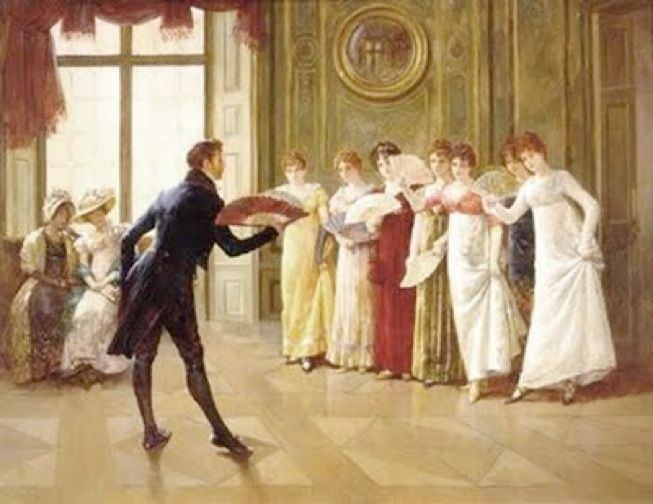 | ||
Monarch George I of Great BritainGeorge II of Great BritainGeorge III of the United KingdomGeorge IV of the United Kingdom(William IV of the United Kingdom) | ||
The Georgian era of British history is a period which takes its name from, and is normally defined as spanning the reigns of the first four Hanoverian kings of Great Britain who were all named George: George I, George II, George III and George IV. The era covers the period from 1714 to 1830, with the sub-period of the Regency defined by the Regency of George IV as Prince of Wales during the illness of his father George III. The definition of the Georgian era is often extended to include the short reign of William IV, which ended with his death in 1837. The last Hanoverian monarch of Great Britain was William's niece Queen Victoria, who is the namesake of the following historical era, the Victorian, which is usually defined as occurring from the start of her reign, when William died, and continuing until her death.
Contents
- The georgian era
- Arts
- Social change
- Evangelical religion and social reform
- Empire
- Politics and social revolt
- Timeline
- References
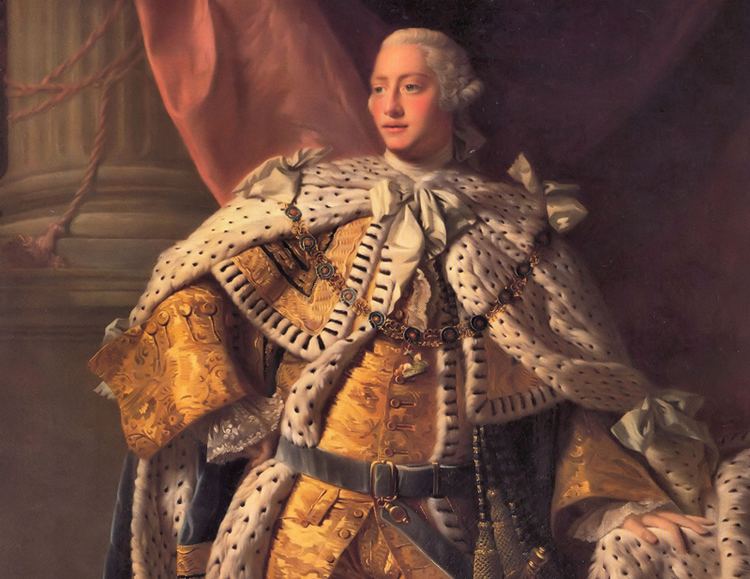
The term Georgian is typically used in the contexts of social history and architecture.
The georgian era
Arts
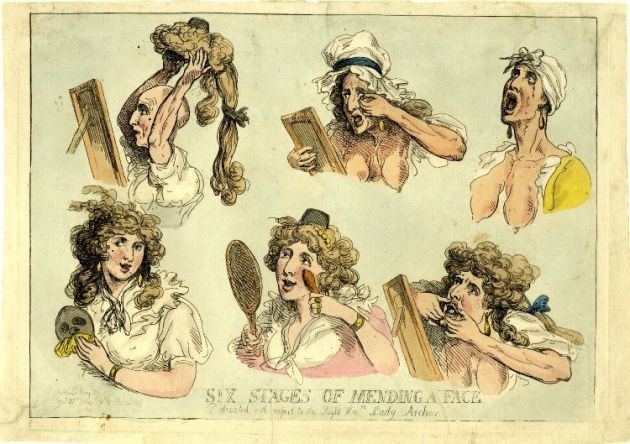
Georgian society and its preoccupations were well portrayed in the novels of writers such as Henry Fielding, Mary Shelley and Jane Austen, characterised by the architecture of Robert Adam, John Nash and James Wyatt and the emergence of the Gothic Revival style, which hearkened back to a supposed golden age of building design.
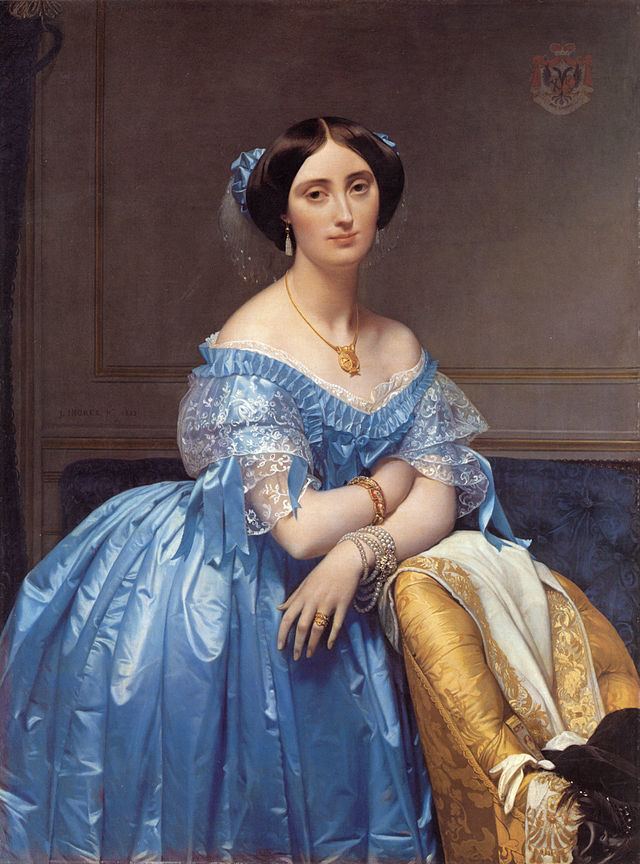
The flowering of the arts was most vividly shown in the emergence of the Romantic poets, principally through Samuel Taylor Coleridge, William Wordsworth, Percy Bysshe Shelley, William Blake, John Keats, Lord Byron and Robert Burns. Their work ushered in a new era of poetry, characterised by vivid and colourful language, evocative of elevating ideas and themes.
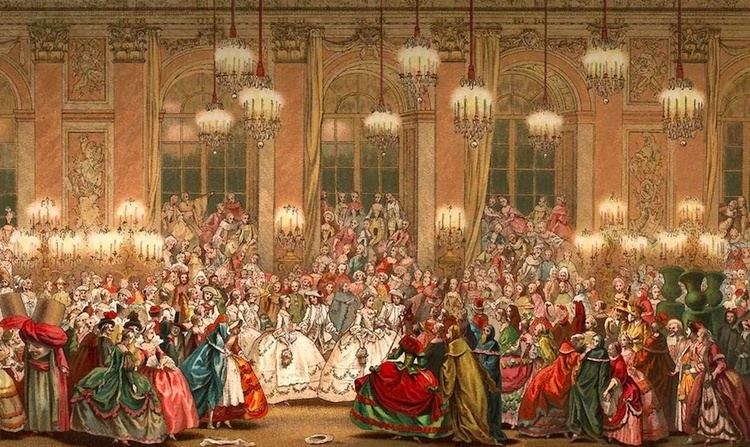
The paintings of Thomas Gainsborough, Sir Joshua Reynolds and the young J. M. W. Turner and John Constable illustrated the changing world of the Georgian period – as did the work of designers like Capability Brown, the landscape designer.
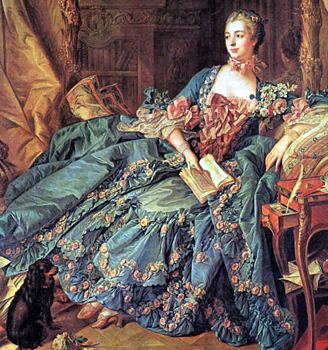
Fine examples of distinctive Georgian architecture are Edinburgh's New Town, Georgian Dublin, Grainger Town in Newcastle upon Tyne, The Georgian Quarter of Liverpool and much of Bristol and Bath.
Social change
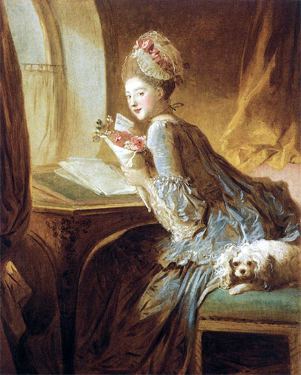
It was a time of immense social change in Britain, with the beginnings of the Industrial Revolution which began the process of intensifying class divisions, and the emergence of rival political parties like the Whigs and Tories.
In rural areas the Agricultural Revolution saw huge changes to the movement of people and the decline of small communities, the growth of the cities and the beginnings of an integrated transportation system but, nevertheless, as rural towns and villages declined and work became scarce there was a huge increase in emigration to Canada, the North American colonies (which became the United States during the period) and other parts of the British Empire.
Evangelical religion and social reform
The evangelical movement inside and outside the Church of England gained strength in the late 18th and early 19th century. The movement challenged the traditional religious sensibility that emphasized a code of honor for the upper-class, and suitable behaviour for everyone else, together with faithful observances of rituals. John Wesley (1703–1791) and his followers preached revivalist religion, trying to convert individuals to a personal relationship with Christ through Bible reading, regular prayer, and especially the revival experience. Wesley himself preached 52,000 times, calling on men and women to "redeem the time" and save their souls. Wesley always operated inside the Church of England, but at his death, it set up outside institutions that became the Methodist Church. It stood alongside the traditional nonconformist churches, Presbyterians, Congregationalist, Baptists, Unitarians and Quakers. The nonconformist churches, however, were less influenced by revivalism.
The Church of England remained dominant, but it had a growing evangelical, revivalist faction the "Low Church". Its leaders included William Wilberforce and Hannah More. It reached the upper class through the Clapham Sect. It did not seek political reform, but rather the opportunity to save souls through political action by freeing slaves, abolishing the duel, prohibiting cruelty to children and animals, stopping gambling, avoiding frivolity on the Sabbath; they read the Bible every day. All souls were equal in God's view, but not all bodies, so evangelicals did not challenge the hierarchical structure of English society.
Empire
The Georgian saw continual warfare, including the Seven Years' War, known in America as the French and Indian War (1756–63), the American Revolutionary War (1775–83), the French Revolutionary Wars (1792–1802), the Irish Rebellion of 1798, and the Napoleonic Wars (1803–15). The British won all the wars except for the American Revolution, where the combined weight of the United States, France, Spain and the Netherlands overwhelmed Britain, which stood alone without allies.
Mercantilism was the basic policy imposed by Britain on its colonies. Mercantilism meant that the government and the merchants became partners with the goal of increasing political power and private wealth, to the exclusion of other empires. The government protected its merchants—and kept others out—by trade barriers, regulations, and subsidies to domestic industries in order to maximise exports from and minimise imports to the realm. The government had to fight smuggling, which became a favourite American technique in the 18th century to circumvent the restrictions on trading with the French, Spanish or Dutch. The goal of mercantilism was to run trade surpluses, so that gold and silver would pour into London. The government took its share through duties and taxes, with the remainder going to merchants in Britain. The government spent much of its revenue on a large and powerful Royal Navy, which not only protected the British colonies but threatened the colonies of the other empires, and sometimes seized them. The colonies were captive markets for British industry, and the goal was to enrich the mother country.
The loss of some of the American Colonies in the American War of Independence was regarded as a national disaster and was seen by some foreign observers as heralding the end of Britain as a great power. In Europe, the wars with France dragged on for nearly a quarter of a century, 1793–1815. Victory over Napoleon at the Battle of Trafalgar (1805) and the Battle of Waterloo (1815) under Admiral Lord Nelson and the Duke of Wellington brought a sense of triumphalism and political reaction.
The expansion of empire brought fame to statesmen and explorers such as Clive of India and Captain Cook, and sowed the seeds of the worldwide British Empire of the Victorian and Edwardian eras which were to follow.
Politics and social revolt
With the ending of the War with France, Great Britain entered a period of greater economic depression and political uncertainty, characterised by social discontent and unrest. The Radical political party published a leaflet called The Political Register, also known as "The Two Penny Trash" to its rivals. The so-called March of the Blanketeers saw 400 spinners and weavers march from Manchester to London in March 1817 to hand the Government a petition. The Luddites destroyed and damaged machinery in the industrial north-west of England. The Peterloo Massacre in 1819 began as a protest rally which saw 60,000 people gathering to protest about their living standards, but was quelled by military action and saw eleven people killed and 400 wounded. The Cato Street Conspiracy of 1820 sought to blow up the Cabinet and then move on to storm the Tower of London and overthrow the government. This too was thwarted, with the conspirators executed or transported to Australia.
